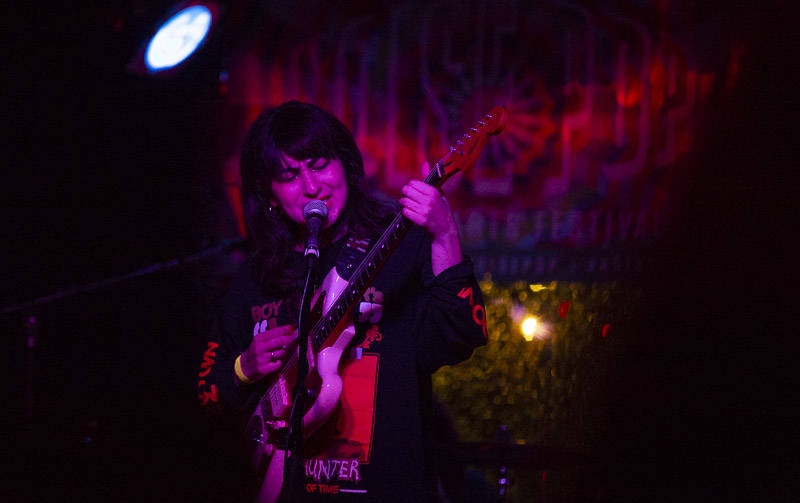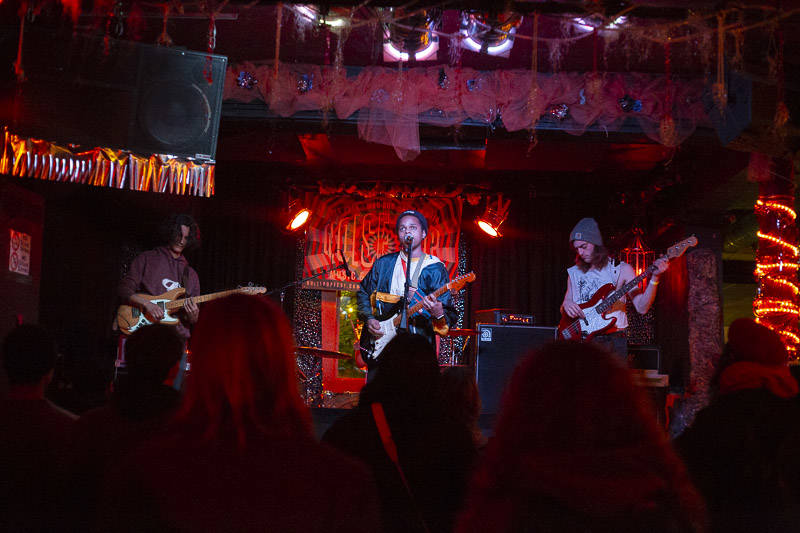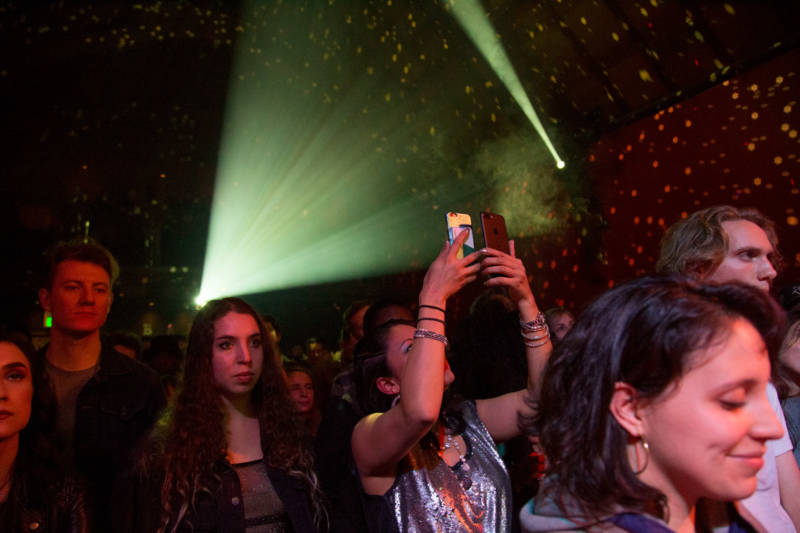Before the coronavirus pandemic, surviving in San Francisco was already tough for venues like Bottom of the Hill.
On most nights since 1991, the scrappy Potrero Hill club filled up with fans eager to see up-and-coming bands, with tickets typically under $15 a head. The venue bet on smaller acts rather than well-known artists on tour, with local bands making up an estimated 70% of their recent bookings.
In the weeks since shelter-in-place orders came down, co-owner and head booker Lynn Schwarz has found herself steadily refunding $20,000 of canceled show tickets while fielding phone calls from agents postponing bigger concerts. The safety measures necessary to stop the spread of the coronavirus have only exacerbated the challenges businesses like hers face simply by operating in a city as expensive as San Francisco. So Schwarz was relieved when Make Out Room booker Parker Gibbs and Fred Barnes, general manager of The Chapel, invited Bottom of the Hill to join the Independent Venue Alliance, a new organization they formed to advocate for San Francisco bars and clubs reeling from coronavirus closures.
“For the first time ever, I don’t think we should do this on our own,” says Schwarz. “This alliance, of all the hands being extended right now, is the one thing that sounds like it may actually work.”

“[Independent venues] serve such an important role in culture and in society, but there’s not really any safety net for them at all in a situation like this—or before this,” says Barnes, pointing to the numerous San Francisco venues that shuttered before the pandemic. In 2018, longstanding rock bar The Hemlock closed to make way for condos, and dance club The Mezzanine followed suit on New Year’s Day 2020, with building owners planning to convert it into offices.



